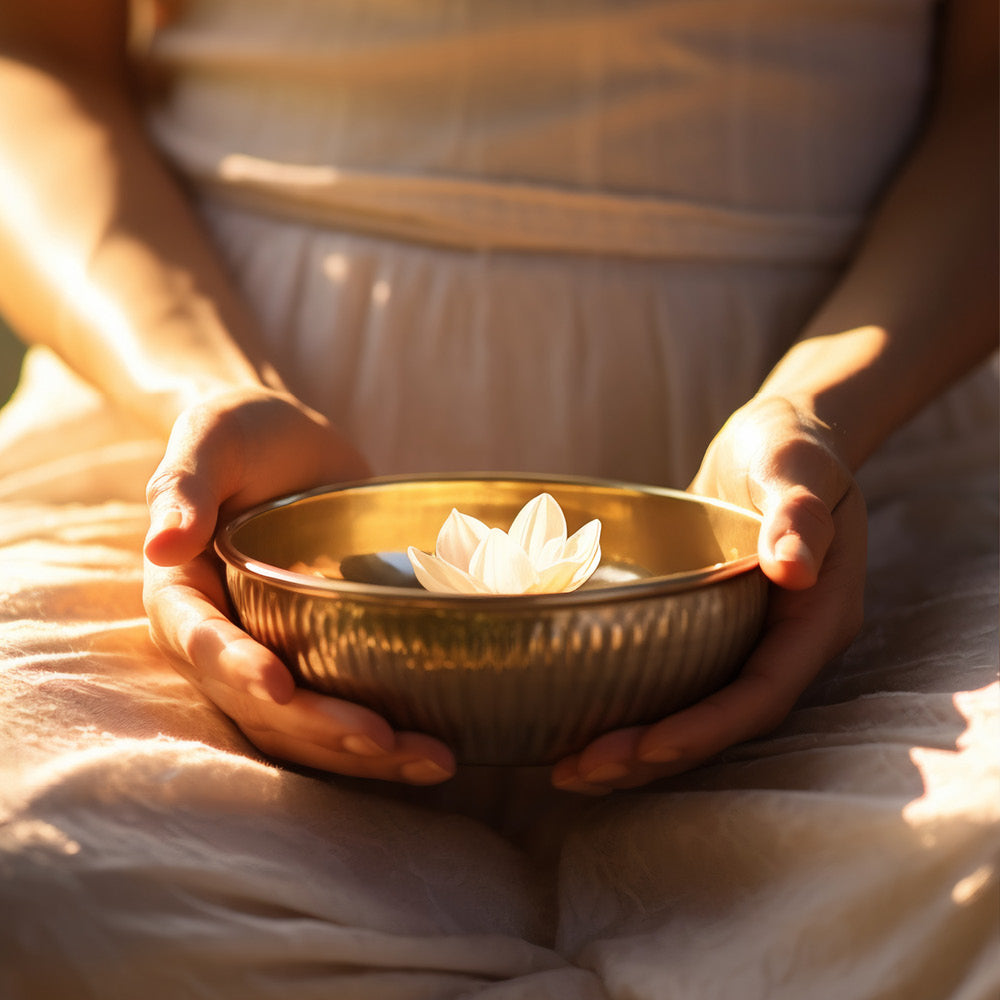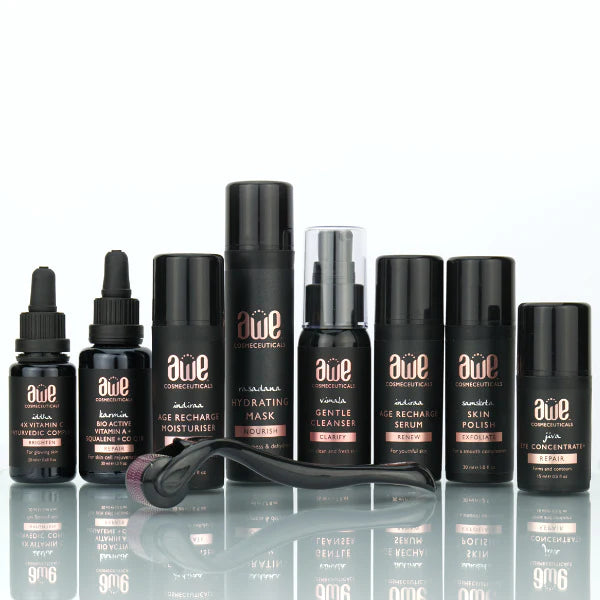

According to the holistic philosophy of Ayurveda, pitta and vata are the dominant doshas, or mind-body profiles, during autumn. Pitta dominates while the weather is warm, and vata as the temperature cools. Vata is characterised by qualities such as clear, light, movement, change, dry, and cool. So, as autumn nears winter, we find ourselves living in ‘vata season’.
Although all doshas can be affected during vata season, people with predominantly vata dosha are particularly vulnerable to an accumulation of too much vata. This imbalance can result in physical and emotional turmoil such as:
- Insomnia
- Dry skin
- Joint pain or stiffness
- Constipation
- Anxiety
- High blood pressure
- Tremors or tingling sensations
- Dizziness
- Confusion
- Increased thirst
To pacify vata and maintain vibrancy throughout the cooler weather, implement practices related to diet, exercise, the senses and rest. In a general sense, it’s important not to invite cold and dampness into the body when grounding vata. To counteract the change that arises with the force of vata, maintain a solid routine for exercise and rest.
Diet
Routine is also important for diet. Consider desh (place) and kala (time) when planning your meals. Three meals each day is important, as is having lunch close to noon. Food should be eaten slowly and thoroughly chewed for optimum digestion. An earthy diet of whole foods regulates the immune system.
A vata-pacifying diet includes:
- Sweet, salty, and sour taste profiles which are naturally occurring
- Warm, freshly-cooked foods
- Stews and soups
- Cooked vegetables, particularly beets, sweet potato, asparagus, radishes, and parsnips
- Fruits such as grapes, avocados, and apricots
- Whole grains like quinoa and spelt
- Legumes such as black lentils and mung beans
- Warmed cereals
- Warm milk
- Herbal teas, particularly those infused with ginger or peppermint
- Stewed fruit and raisins soaked in water for snacks
It’s recommended to cook with spices, rather than adding them to prepared foods. Vata-reducing spices include:
- Cumin
- Ginger
- Cardamom
- Cinnamon
- Mustard seed
Try to avoid the following when pacifying vata:
- Bitter, astringent, and pungent taste profiles
- Fried foods
- Processed foods
- Raw foods
- Overeating
- Carbonated and cold drinks
Exercise
Sustained, fluid exercise in the form of yoga, walking, and swimming can allay much of the effects of the vata season. Be sure to practise yoga which is warming and calming to the mind. Continuous sun salutations are not recommended for vata, ensure slower, deliberate poses over fast paced flow. Deep breathing and a calming environment invite balance.
The senses
Gentle self-massage is a treat for the senses during vata season. Use zithila Multi Oil to improve self-massage after a bath or shower for revitalisation with potent antioxidants.
Wearing the right clothes and surrounding yourself in an atmosphere of serenity is also beneficial. Calming influences like candles and soothing music in draft-free rooms allay vata’s influence. Wear soft fabrics in earthy tones or mild pastels.
Rest
Nourish the body and mind with the regularity of an established sleep pattern. Enough rest can calm a person prone to vata-like physical and mental exhaustion.
Combat excess vata by applying the rasadana Hydrating Mask to the face and decolletage before bed. Leave on overnight to hydrate and replenish skin while resting.
Visit https://www.awecosmeceuticals.com.au/ayurvedic-skin-care/ for more tips on nourishing vata skin.






